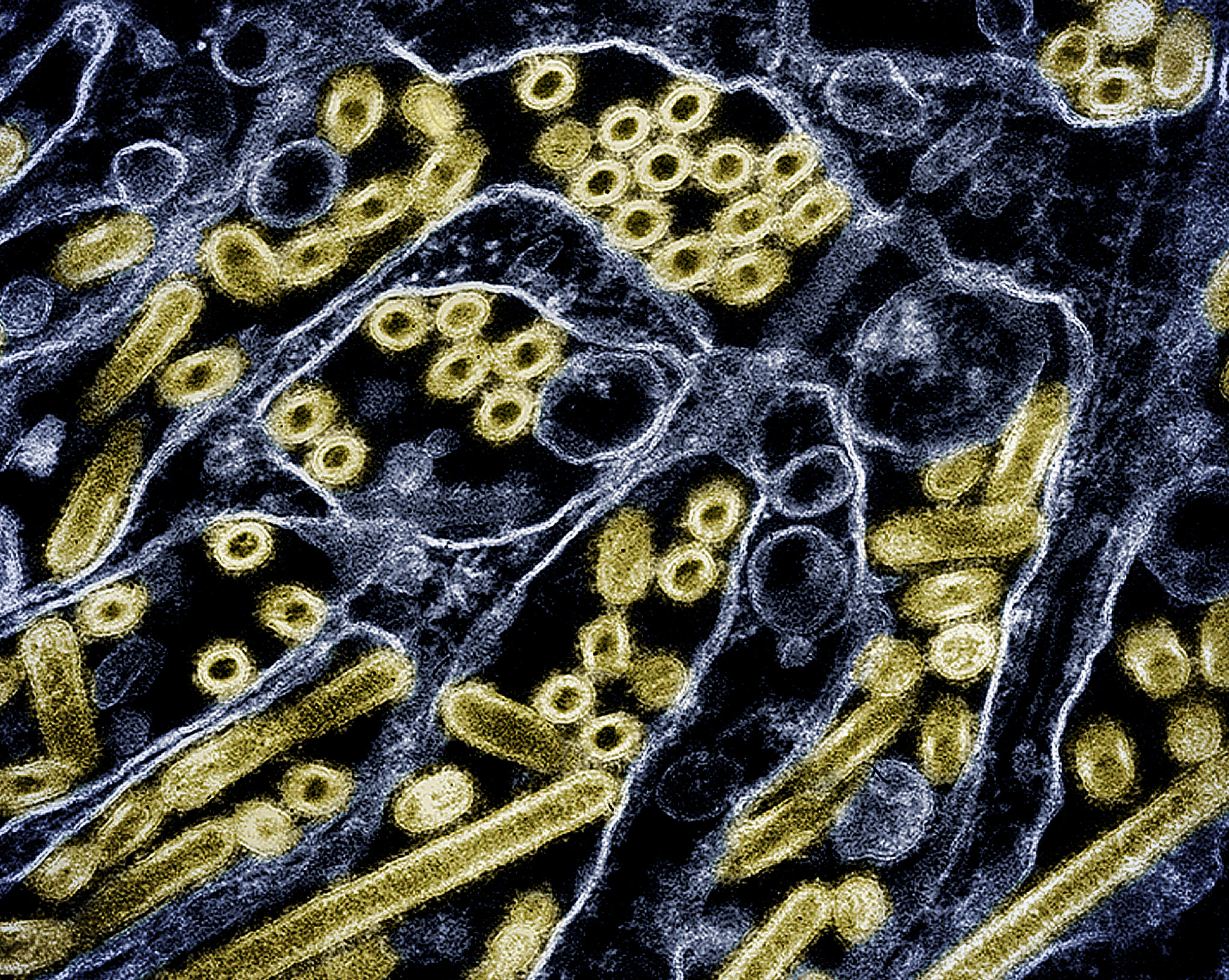
Title: High H5N1 Influenza Levels Found in Mice Given Raw Milk from Infected Dairy Cows: A New Concern for Public Health
Lead: Mice administered raw milk samples from dairy cows infected with H5N1 influenza experienced high virus levels in their respiratory organs and lower virus levels in other vital organs, according to a recent study published in the New England Journal of Medicine. This finding raises concerns about the potential risks associated with consuming raw milk contaminated with bird flu.
Background: Avian influenza A H5N1 virus particles have been detected in dairy herds across nine states, leading public health officials to advise against drinking raw milk due to potential health risks. The Food and Drug Administration (FDA) has found traces of the virus in 20 percent of dairy products sampled from grocery shelves nationwide, but pasteurized milk is considered safe for consumption.
Study Findings: Researchers from the University of Wisconsin-Madison and Texas A&M Veterinary Medical Diagnostic Laboratory conducted a study to investigate the effects of raw milk contaminated with H5N1 influenza on mice. The results showed that high levels of the virus were present in the animals' nasal passages, trachea, and lungs, with moderate-to-low levels detected in other organs.
The study also found that raw milk infected with H5N1 maintained at refrigerated temperatures showed a small decline in virus levels over five weeks. However, vat pasteurization (heating milk to 63 degrees Celsius for intervals between 5 and 30 minutes) reduced the virus to undetectable levels, while flash pasteurization (heating milk to 72 degrees Celsius for 15 or 20 seconds) greatly reduced levels of the virus but did not inactivate it completely.
Implications: The findings from this study emphasize the importance of proper handling and pasteurization of milk to prevent potential health risks associated with H5N1 influenza. Public health officials continue to advise against consuming raw milk due to these concerns, especially during outbreaks of bird flu in dairy herds.
Sources:
- New England Journal of Medicine
- University of Wisconsin-Madison and Texas A&M Veterinary Medical Diagnostic Laboratory



